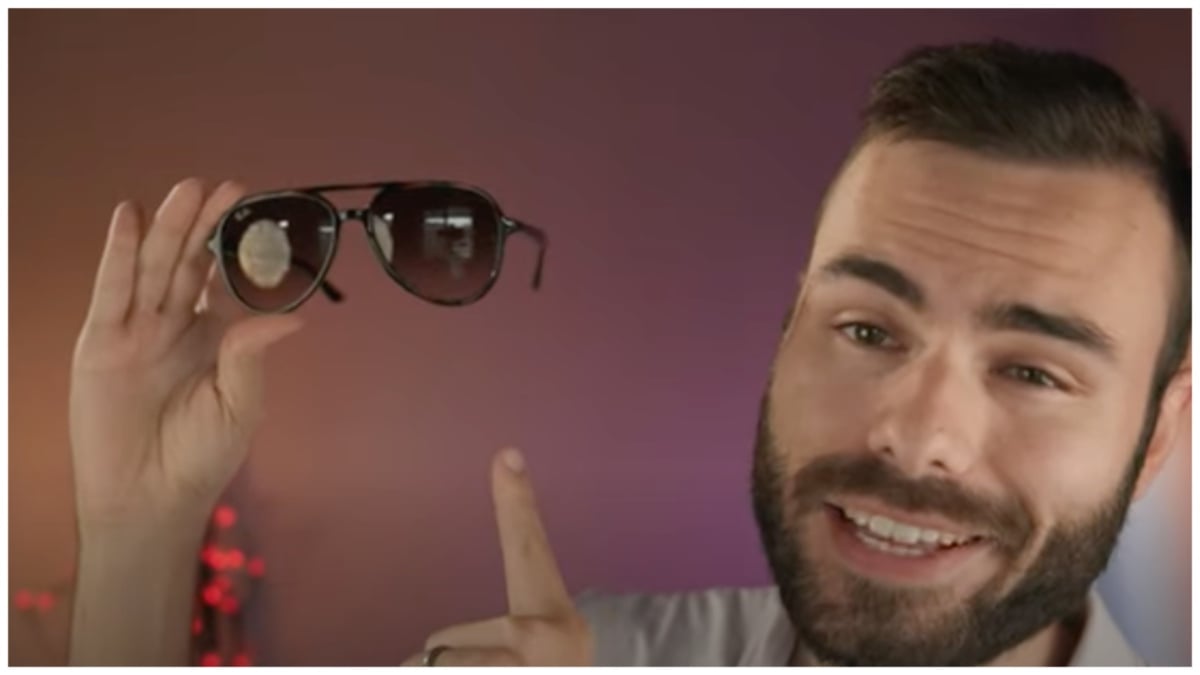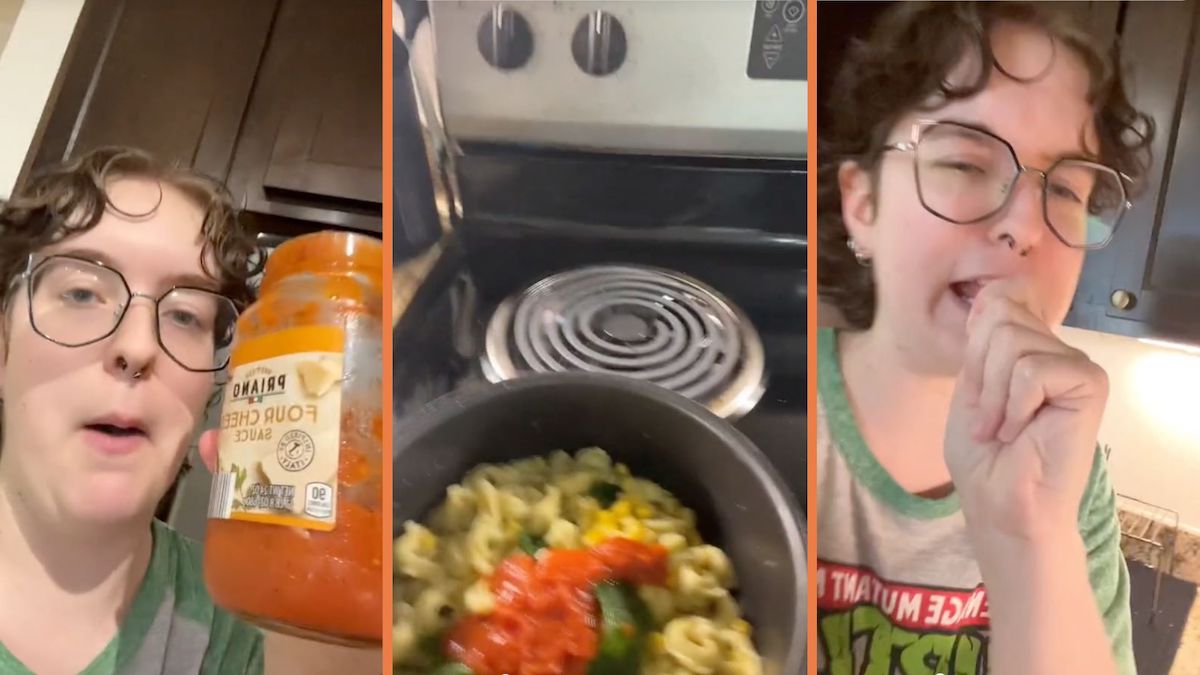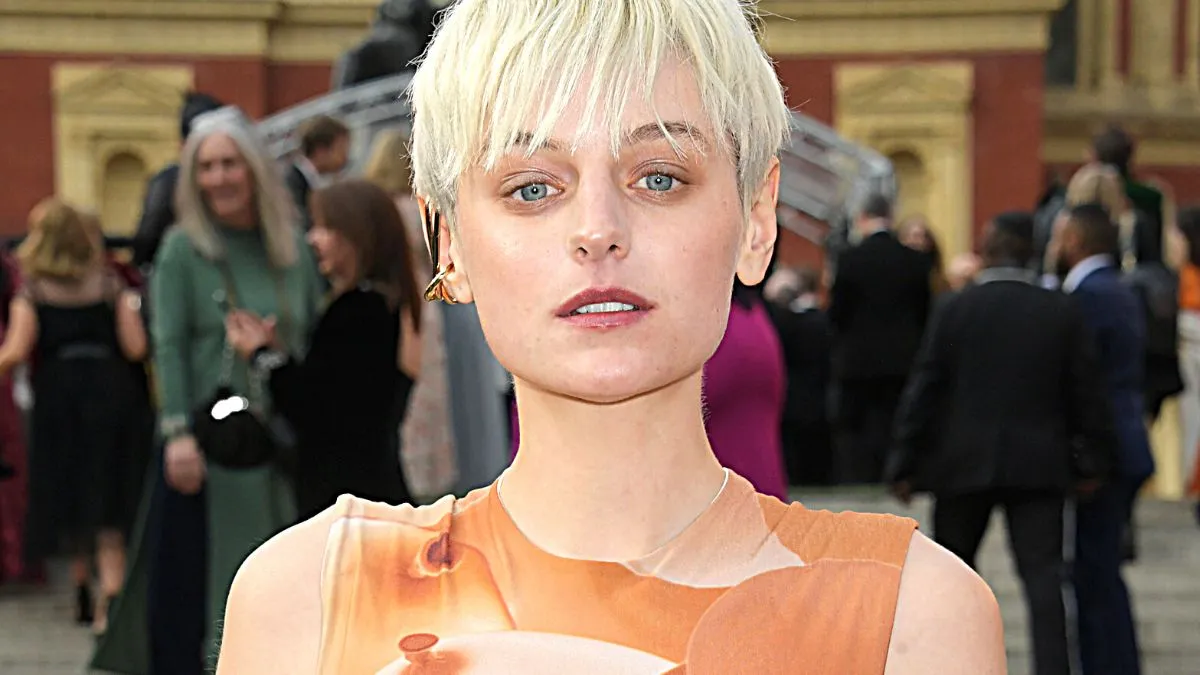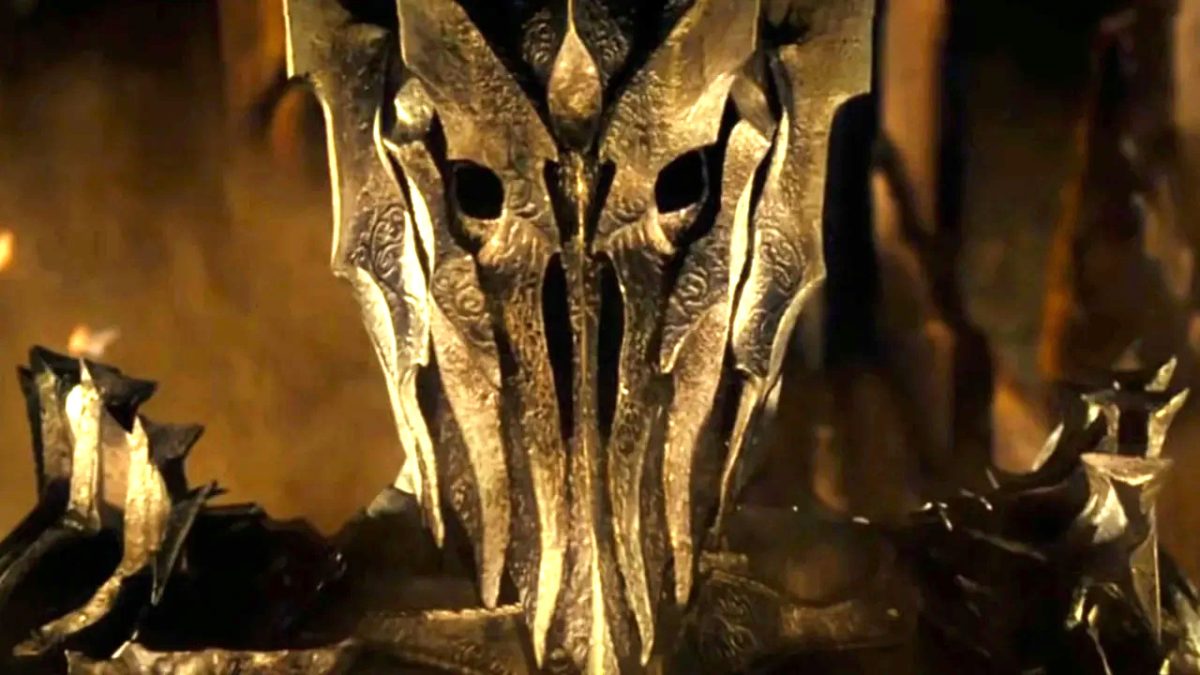Intertextuality And Colloquialisms
Another major component in determining a film as cult is its capability to provide linkages with the world of cinema, literature, media, science and culture in general, with either hidden or emphasized homages. A film’s intertextuality offers enjoyment to those who share the prerequisite cultural capital to comprehend the reference and at the same time places it in its contemporary cultural background. Furthermore, its ability to produce colloquialisms and genuine “nuke the fridge” moments is important in earning its place in current pop culture.
Literally hundreds of DC Easter Eggs can be found in the film, expanding to all its history, from its origins and Golden Age period, to the darker and more deconstructive 80s – Snyder transferred complete scenes and dialogues Frank Miller’s The Dark Knight Returns – to more recent storylines like Injustice: Gods Among Us and Flashpoint. One of the most memorable is the quote by Clark Kent’s boss Perry White – “It’s not 1938,” a comment on lost journalistic principles and also a pretty straightforward reference to Superman’s debut year in Action Comics #1 (the cover of which was remade in a photo clipped on Wallace Keefe’s wall).
There are several movie connections as well. Luthor’s prisoner number is also the name of a Star Wars stormtrooper, a reference somewhat expected since BvS and The Force Awakens shared some nice pokes while on production (a picture of a black-cloaked lightsaber-weilding Sith-Superman being the most memorable). In the opening scene, the Waynes are coming out of a theater after seeing 1940’s The Mark of Zorro, a film that draws parallels between its mustached crusader who fights for justice and the Dark Knight, who also adopts Zorro’s marking people technique in this one.
Furthermore, on the coming soon billboard you can see the poster of 1981’s Excalibur, where Lancelot and Arthur were manipulated by Morgan le Fay much like Superman and Batman were by Lex Luthor, before overcoming their differences and fighting together a greater evil, while comparisons on the films’ final battles and the use of spears can also be made (interestingly, Batman and Superman once travelled back to King Arthur’s Camelot in the comics). Wizard of Oz is also referenced a couple of times, with Perry’s joke “clicks his heels three times and goes back to Kansas” and Luthor saying “emerald city” while gazing his acquired kryptonite. Lastly, Doomsday climbing the Metropolis tower while being attacked by helicopters is unmistakably reminiscent to the famous King Kong finale on Empire State Building.
Mythological and religious themes are strongly present in the film, too, either by Luthor referencing the Ancient Greek story of Prometheus and his punishment from Zeus, almost completely out of context, or by making the inevitable comparisons between Superman and God through imagery, dialogue and character development. Much like Man of Steel, Superman is being presented as a Messianic figure and his uncertainty on his mission as the savior of mankind, his death to save it, as well as his imminent return in next DCEU installments, reminds us of Jesus’ self-doubt before his crucifixion, his ultimate sacrifice and resurrection. Observant viewers might have also noticed the image of an angel wearing blue robe and red cape (the colors of Superman), on a stained glass in the Wayne family tomb.
Finally, BvS does a decent job placing itself in its “time,” with a parade of brief appearances by notable TV personas like Charlie Rose, Anderson Cooper, Nancy Grace, Dana Bash and Jon Steward (in the director’s cut). Famous astrophysicist Neil deGrasse Tyson, who had regularly commented upon superhero physics in his pop-culture-brimming shows, also does a cameo here, evaluating Superman’s presence on Earth and how it affected our sense of priority in the universe.
As far as colloquialisms go, Sadfleck, Granny’s Peach Tea and the Martha catalyst are enough to please any mockers and scoffers out there. BvS fan fiction parodied its silliest elements. The early black and white promo photograph of Ben Affleck’s first look as Batman became a meme sensation. Cutout in various depressive backgrounds, “Sad Batman” spread throughout social networks making fun of the film’s sullen look. In continuation of Sad Batman came Sad Affleck – or simply Sadfleck – when someone edited a clip from the aforementioned interview of the BvS cast, contrasting extracts from the first bashing reviews to Affleck’s zoomed catatonic facial expression, accompanied by Simon and Garfunkel’s “The Sound of Silence” (which afterwards climbed high on 2016’s Billboard of Hot Rock Songs). The notorious Martha scene, although good indented, was so poorly executed that it also became another fan gag machine.
However, it’s when Jesse Eisenberg’s Lex Luthor – a caricature worthy of a cult status itself – placed a jar of his urine in front of Holy Hunter’s Senator Finch, seconds before the Capitol explosion, that will be memorized as BvS’s low point and probably the most outrageous scene in a superhero film.










Published: Jul 20, 2016 02:27 pm